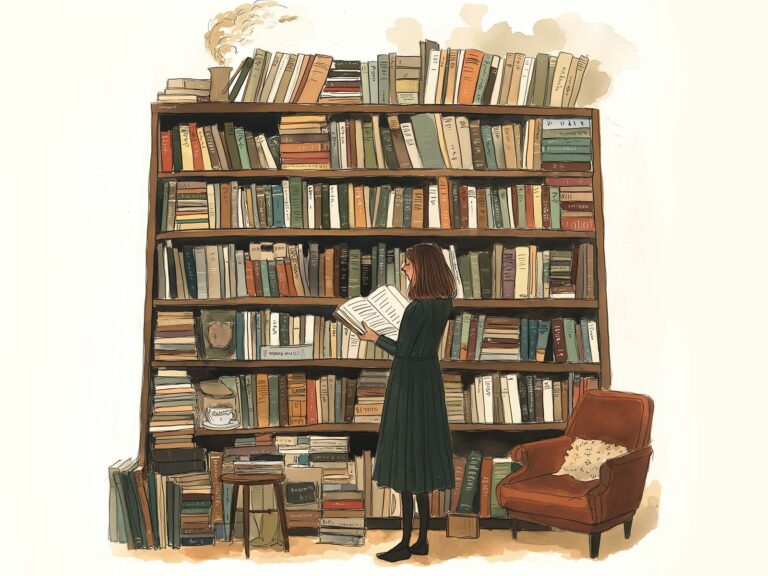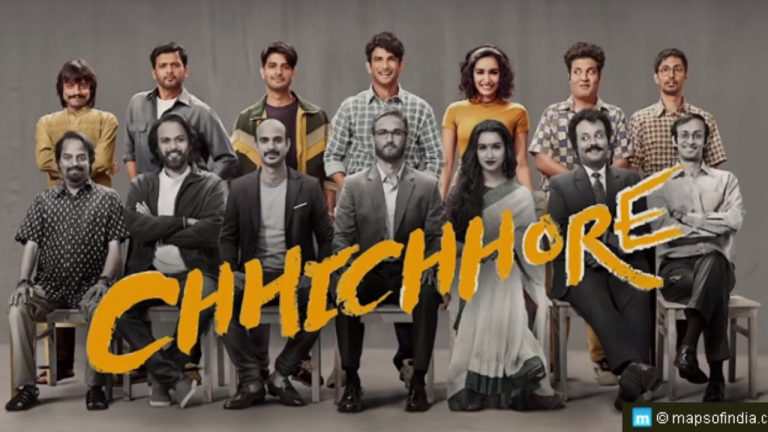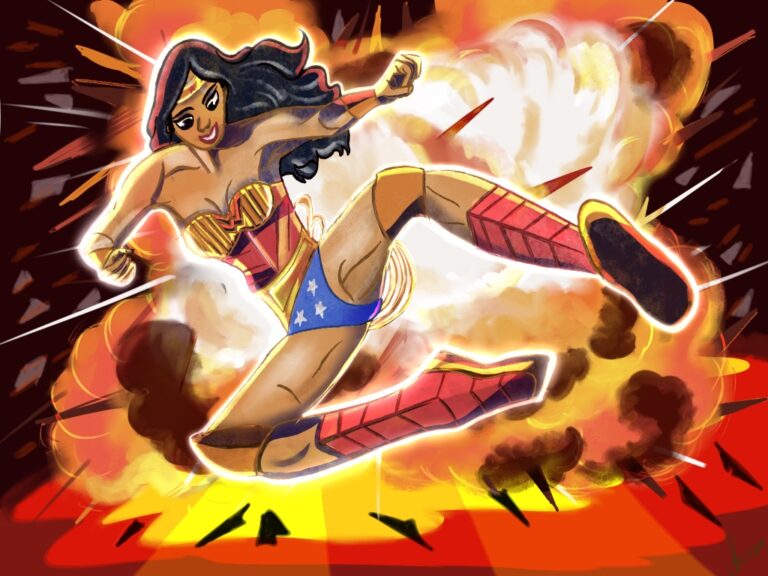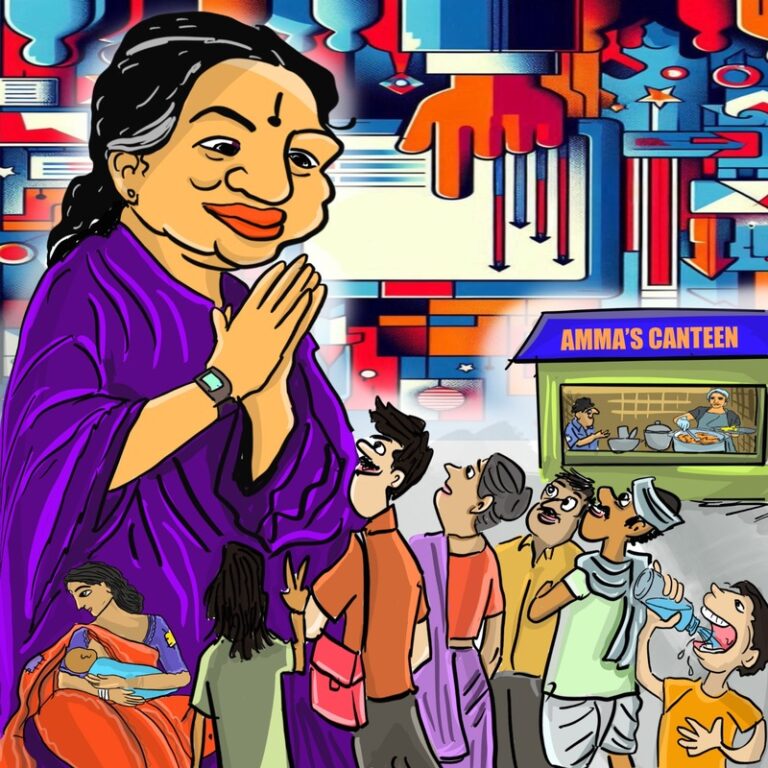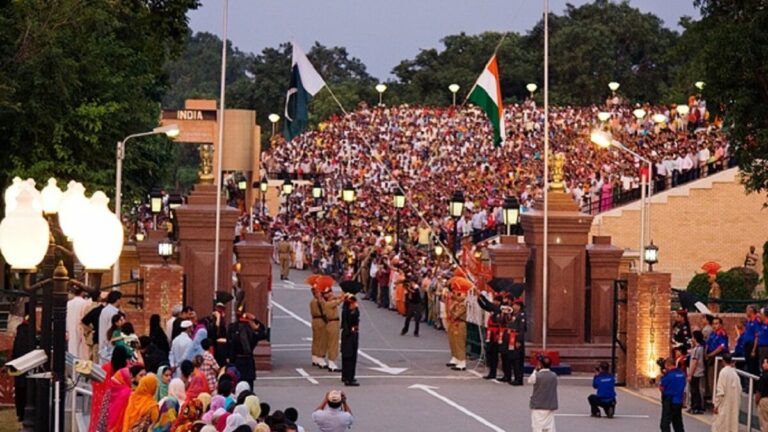Hidden images of discrimination in Wonder Woman comics
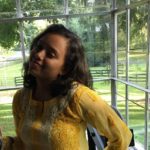
Stan Lee, the primary creative leader of Marvel Comics for the past two decades, once said that “Comic books to me are fairy tales for grown-ups.” Not just as fairy tales, comic books can also function as history lessons for the grown-ups. Comics are often products of the time they are created in, like every other art form. They provide reflection, commentary, and parallels to the political climate of those times. There are several hidden agendas behind every image and dialogue in a comic strip/book. This paper tries to read into the subtle images of gender inequality and racial discrimination in the Wonder Woman comic series.
In 1940, the Sterling North, a daily newspaper of Chicago called comics ‘a national disgrace.’ The Chicago Daily declared a war on comic books. There was violence of all kinds that was filled in comics when war was gripping Europe. Mainstream media called for a ban on comics. It was in 1933 that Maxwell Gaines devised the comic book format. Seven years later, in 1940, he approached William Marston, a psychologist, to head an editorial advisory board to counter the critics. Marston suggested that the creation of a female ‘superhero’ would satisfy the critics who cited the toxic masculinity in the comics as an ”offense. It was Marston himself who created Wonder Woman; she would have Amazonian origins and was to be the symbol of power among women.
Wonder Woman was designed during the Second World War, and naturally, she was the superhero fighting the Axis Powers. It is not surprising that Wonder Woman’s suit has the same colors as that of the American Flag. Wonder Woman was envisioned as a feminist icon for the American society, but just like every other mass media product, Wonder Woman was far away from being ideal. A comic book tries to comment on the struggles of the real world. The events, places, and characters are not mere coincidences. They represent reality and are often biased.
In 1965, in Wonder Woman #157, one of the greatest villains that Wonder Woman was to face was born. It was a giant egg with a face named Egg Fu. The story goes as follows.
Steve Trevor is sent on a dangerous reconnaissance mission to take pictures of a possible enemy development on the island of Oolong, which is held by the Red Chinese. Eleven men have already been lost trying to accomplish that mission, and Diana Prince fears that Steve could be the twelfth. She becomes Wonder Woman and attempts to help him, but is forced to divert her attention to save the American fleet in the Pacific from robot planes and a sub.
Steve Trevor parachutes out over Oolong, taking pictures and discovers that the master of Oolong Island is Egg Fu, a gigantic egg-shaped creature created by the Red Chinese. Egg Fu irradiates Trevor with rays that turn him into a human atomic bomb and sends both Trevor and a conventional nuclear missile at the American fleet. Steve is able to shout the facts of his becoming a human bomb to Wonder Woman. She diverts him into the path of the missile, and she, Trevor, and the bomb are blown to atoms. The American fleet is saved.
Queen Hippolyta has Amazon planes fly over the area, magnetizing the scattered atoms of Wonder Woman and Steve Trevor. Then Steve and she are atomically reassembled by the Amazons’ experimental AS-2 beam. But Wonder Woman and Steve find out that both of them are still irradiated, and that they can cause explosions if they come in physical contact with anything. With whatever they touch.
The character Egg Fu, a Chinese communist agent, is referred to as “Oriental Egg Head,” by Steve Trevor. Created by Robert Kanigher and Ross Andru, Egg Fu is characterized in a sly manner. Fu is portrayed as a typical Asian with stereotypical characteristics such as broken English, thin and curly mustache, and sinister eyebrows that were visible on the Giant Egg. Fu is described as one with the most baleful intentions, whose only purpose was to destroy the free world. Here America is being portrayed as the free world, and in many senses, the east and China specifically are depicted as the destroyer of the ‘Free World.’ In 1964, China tested its first atomic bomb while tensions were rising between China and The US, over the Vietnam Issue. In this particular comic strip, Egg Fu is a symbol of China’s atomic bomb expedition and political commentary that the atom bomb is aimed towards the destruction of the United States.
The kind of English that Fu speaks throughout the comic is an indicator of racism. Fu uses words like Amelicans, Photoglaphs, Tligger, Blain, Locket, etc. The hegemony of the US over the English language is shown through the usage of such words. It also indicates that the U.S. looks down upon anyone who speaks broken English, and Asian countries were considered to have a population who was weak in the English language. He is yellow in colour and speaks in a phoneticized Chinese accent. The name Egg Fu in itself originated from a Chinese ethnic dish, egg foo young.
Fu’s character clearly gave the American public the idea that China joining the nuclear club was not good news for their nation. “Comics can provide some of the most clear, enjoyable, and memorable materials from which we assemble our own personal versions of that body of ideas which we share“ (Critical Approaches To Comics, 2012) Communication only exists between power structures, and here the US is the developed and dominant nation while China is a developing nation. Here we observe the sympathetic approach taken towards the political motives of one nation, i.e., The United States. There ran an internal fear in the US that the state would turn into a communist one. By creating a villain who is a communist agent, the authors of the work clarified their sympathies.
Leonard Rifas suggests that if a comic is being analyzed ideologically, the places, events, and characters mentioned in the comic are also to be considered real. The fictional is to be a representative of reality. In such a scenario, the stories would naturally take sides as well and would suggest a biased conclusion for the story. In this particular comic, killing Egg Fu was the suggested conclusion.
As mentioned before, Wonder Woman was envisioned as a global feminist icon and not just representative of the US. When one looks at the cover of the Wonder Woman comic, it is very difficult not to look at the figure of Diana Prince. The feminist icon was highlighted by her physique. Conventionally ‘feminine’ body parts such as the breasts, buttocks, and thighs were given prominence in the illustrations. A sexualized appearance was given importance over her superpower. In 1942, when Wonder Woman was officially a part of the Justice Society of America, she held the official position of a ‘Secretary.’
In 1973, In Wonder Woman #205, we come to observe the sexist nature of the comic. This issue has a terrorist named Dr. Domino, who tries to force the U.N. trouble-shooter Morgan Tracy to spill knowledge of a deadly weapon by tying Wonder Woman to a missile and launching it. During a meeting organized by the UN, Keech refers to Wonder Woman, aka Diana Prince as a ‘homely woman who is unable to get a man and thus hates all beautiful men and women.’ In the next panel, the reader can notice how Diana Prince is craving for the attention of Mr. Tracy. Wonder Woman, who was created during the World War to inspire more women to the war front and had both masculine and feminine qualities at the time of creation, was being turned into a stereotypical woman after the death of its creator. The arrival of Wonder Woman was a sign that it was time for women to be strong and proficient and a message that females could take the roles that men would undertake, despite them being referred to as the superior sex.
In the ’70s, Wonder Woman was depicted to be struggling between married life and work life. She fought evil when she has time after her daily life struggles. Suddenly the story of the feminist icon was changed to fit into the patriarchal society. She was domesticated and portrayed as somebody who was running behind validation and love from men. In the same edition, Wonder Woman herself looks down upon women who took part in the beauty contest. While this opinion can be framed as something that came out of jealousy, it’s also a negative take on what fellow women wanted/how they perceived beauty. Wonder Woman is commenting on the choices of other women who enjoy being glamorous. One will also be stunned to see how Diana Prince starts to tear up when she hears Keech calling her a ‘plain Jane. She justifies her tears by saying, “I wonder how many girls have cried themselves to sleep over insults like that by blind men.“ While the comment made by the man was sexist, the reaction of Diana Prince makes the scene more in tune with a rigorous definition of feminism. When Wonder Woman is tearing up, one tends to question the amount of power that is given to the men in the society by the creators of the comic.
During what is now referred to as the Diana Prince era (1968–1972), Wonder Woman gave up her Amazonian powers, changed her style, became the owner of a mod clothing boutique, and practised martial arts. DC felt this new Diana captured the tone of the women’s movement, but this new Diana Prince contradicted the values of the original Wonder Woman. She had no qualms about killing, was fashion-obsessed, boy-crazy, and wasn’t sure she enjoyed the company of women (Stuller). Wonder Woman’s interaction with other women, the roles of other women in the story, the depiction of the character itself– all these can give us an idea about the politics within the story. Though Wonder Woman started off as a symbol of woman power, problems arise when she was depicted as a woman who fit into the stereotypical frames within which she was allowed to be a woman in power; one can also look at Wonder Woman and her depiction in the late ’60s and early ’70s as anti-feminist.
To conclude, comics are not literature that is only meant for the population of people who are aged 18 or 21. Comics include a variety of politics in each of its panels. A comic story must be read between the lines and the images that it features. As pointed out, the character of Egg Fu is a creation that came out of the Euro-centric narrative. The sudden shift of Wonder Woman from depicted as a feminist icon to a stereotypical woman was a part of everyday politics as well. The representation of women, the case of racism, and the underlying politics can be uncovered in most of the comics if read carefully. Comics can be considered as alternative history, and the context of these comics needs to be studied to get a better idea of the agendas that were being pushed.
Featured Image Credits: Flickr



